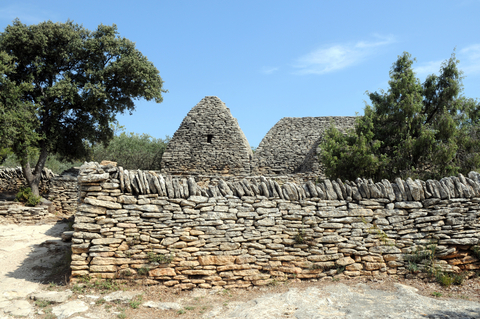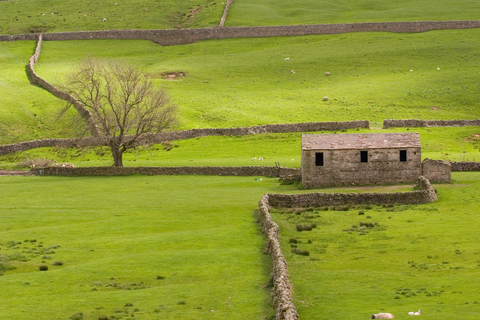Making the Most of Stone

 Stone. Rock. Boulder. Just the sounds of those words imply strength – terse terms that audibly capture gravity when pronounced. You expect the material they describe to be dominating, and in fact it does command attention, demand recognition and push us toward respect.
Stone. Rock. Boulder. Just the sounds of those words imply strength – terse terms that audibly capture gravity when pronounced. You expect the material they describe to be dominating, and in fact it does command attention, demand recognition and push us toward respect.
We want rock. We need rock.
But why? Maybe it’s because natural rock structures were our first dwellings. Our prehistoric ancestors lived in caves, and we’ve been attracted to their nature and essence ever since. Our earliest tools were made from stone, and later we used better, harder tools to turn stone into a building material, as evidenced by more than 5,000 years of homes, temples, stadiums and more.
Stone has always been there for the taking, plentiful and cheap at a time when there was unlimited labor to move it. Oh, and one more thing: It was (and still is) utterly beautiful – and a worthy subject for a new set of articles that starts with this one.
Many Splendors
Rock comes in many shapes and forms, from lightweight volcanic pumice and feather rock to dense, weighty granites. There are gorgeous sandstones from the Colorado River Valley, as revealed in the form of the Grand Canyon. There are lovely tan and grey limestones from the Provençal region of France. In fact, just about every spot on the globe has its own indigenous stone – usually something suitable for construction.
As human beings, we’ve always used this material – and all through Europe and South and Central America, people have used it to build their homes since prehistory. But times have changed, and now it’s more common to find masons mixing mortar and slapping cultured (that is, fake) stone on the concrete-block foundations and faces of homes that probably won’t last 100 years.
Until fairly recently, however, even the simplest stone dwellings were built to last. Some of these structures date back thousands of years and are still standing today. In many cases, they were exposed as a result of the need to clear fields for agricultural use: As rocks were extracted to make way for furrows, crafty people in various spots across Western Europe dry-stacked them into homes.
These simple structures were built using flat stones piled into beehive shapes: Every individual stone was carefully placed so that it leaned slightly towards the outside, thereby shedding rainwater. Up on top, the roof was formed by carefully cantilevering stones toward the center of what was now a relatively small opening, then the whole thing was capped by a larger stone (see Figure 1, above).
At the Ready
More germane to watershaping and our ongoing interest in completing eye-pleasing aquatic environments, these field stones have also been used through history to make walls.
 In England, for example, millions of tons of rock have been pulled from arable land through the years. Farmers have always considered this a great nuisance, and they disposed of the material by piling it along the perimeter of their fields (Figure 2). So everywhere you see farms there, you’ll find long lines of stone fence. It’s estimated that there are 250,000 miles of them in Ireland alone, and there’s at least that much again in rocky New England.
In England, for example, millions of tons of rock have been pulled from arable land through the years. Farmers have always considered this a great nuisance, and they disposed of the material by piling it along the perimeter of their fields (Figure 2). So everywhere you see farms there, you’ll find long lines of stone fence. It’s estimated that there are 250,000 miles of them in Ireland alone, and there’s at least that much again in rocky New England.
This stone has become very valuable to the dry-stone masons of today, both for inspiration and as source material. After all, if you want to build something that will last, why not use approaches, techniques and materials that have been used successfully for countless generations?
We pave with stone, build walls with it, shave it into veneers. We run water over it, under it and through it. We turn it into furniture, and it won’t need painting or much care. And the best thing about stone is that whenever you use even one piece of it, you’ve made art: It becomes sculpture just by being there.
It’s a material I personally love to use in my projects. In future articles, we’ll discuss design philosophy, installation techniques, its role in aquatic environments and more – everything I can think of to persuade you to value stone as much as I do.
Next: The art of dry-stacking stone.
.
Bruce Zaretsky is president of Zaretsky and Associates, a landscape design/construction/consultation company in Rochester, N.Y. You can reach him at [email protected].









